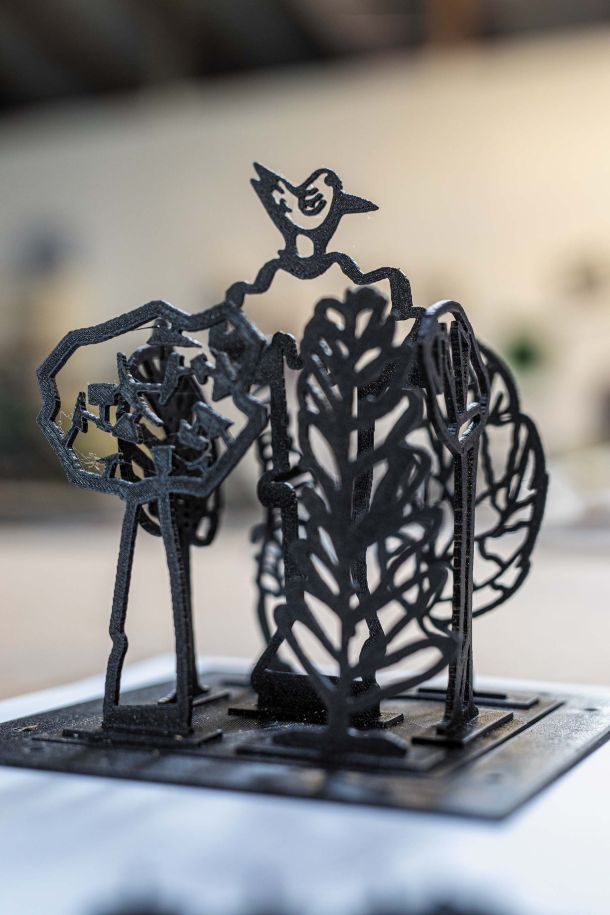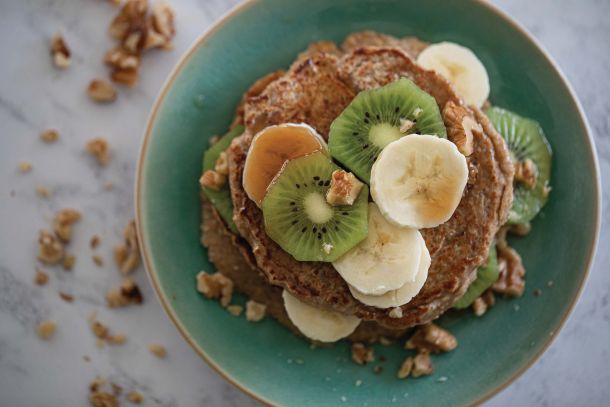Mind The Gap
For years we opened up our gardens to the public in June to raise money for the National Garden Scheme charities. I never know why we chose June because our garden always seemed dull and uncolorful then compared to the months before and after.
In May most gardens are full of summer promise. Our trees glisten with newly emerged leaves and blossom. And with the first flush of perennial foliage patterning the ground, punctuated by a show stopping display of colour from tulips you can pretty much guarantee ours looks OK in May.
Fast forward to July where my garden is just a riot of colour. Hot summer perennials jostle for space amongst grasses and shrubs – just pick any day in July and I’d be happy to show you around.
But June… it always seemed, well, just green.
One day I moaned about this to my beekeeper uncle and was astounded by his reply. ‘Well, it’s the June Gap’ he said. And so it is. June is known to beekeepers as the ‘Hungry Month’ with fewer plants in flower to provide honeybees with nectar and pollen. It seems pretty harsh that just as the hives are active and making honey, the available flower count suddenly drops leaving beekeepers supplementing their colonies with feeds of sugar solution.
Determined to fill the gap I did some research and set about planting my borders with June flowering perennials. A few seasons later our garden is full of colourful early summer flowers with plenty of food for the bees too.
So if your garden has an early summer ‘Hungry Month’ try planting some of my go-to favourites, all good for bees and guaranteed to give you flower-power to fill that June gap.
Bulbs
Alliums flower from late May into early June. For a natural look and to extend the flowering period try mixing Allium Purple Sensation with Allium Violet Queen. Plant in drifts of 20 or 50 through your borders in Autumn– these purple balls appear to float across the garden and look sublime with silver and purple foliage or contrast punchily with yellow Euphorbia palustris or E. polychroma.
Camassia esculenta, or Quamash, has bright blue star shaped flowers and looks effective studded through long grass or amongst newly emerging perennials in the borders. Growing 45cm high they bridge the gap between tulips and early summer perennials. Plant the bulbs in Autumn in hundreds for maximum effect.
Shrubs
For perfume and bright flower colours deciduous azaleas are hard to beat. Best planted in semi shade in acidic soil or grown in pots planted in ericaceous compost.
My favourite variety is Rhododendron Northern Highlights – the intense fragrance from those creamy yellow flowers stops you in your tracks and is followed by fiery red autumn leaves as a bonus.
Grasses
Deciduous grasses are notoriously slow growers and can look like a bad haircut in early summer but there are a few reliable varieties that are quick off the starting block. Calamagrostis x acutifolia Overdam has narrow green and white stiped leaves, lovely standing in drifts through the borders as a foil for later flowering perennials.
Stipa tenuissima is an airy grass best planted in free draining gravel gardens with plenty of room to wave its delicate stems in the breeze.
Stipa gigantea, or giant oats, looks superb towering above early salvias and lavenders. Be sure to plant it where the sun back-lights its oat like pannicles.
Briza media, or quaking grass, self-seeds around our natural pool where its nodding mounds of delicate flower heads bob in the slightest breeze. Plant it front of border and enjoy it in early summer.
Perennials
For reliable June performers plant Salvias generously- bumblebees love their twin lipped flowers too.
Lately I have been mixing varieties for a more natural look. Try twinning moody violet Salvia x nemorosa Caradonna with softer lilac S. x nemorosa Amethyst in drifts at the front of your borders. Or plant pretty Salvia x sylvestris Rose Queen with Cirsium rivulare Atropurpurea for a smoky pink swirl of flowers.
In mid-June lavender buds break into flower. Lavandula Hidcote is a reliable, compact variety- we use the fragrant flower heads for decorating delicious lavender cake – a favourite served in our tearoom.
Plant low growing creeping thymes closely and let them knit together into a tapestry of mauves in early summer- perfect in pots, gravel gardens and along the edge of paths.
Hardy geraniums are reliable for early summer flowers. For a dainty, low growing variety plant Geranium sanguineum at the front of your borders or use it to carpet under taller shrubs. Any cultivar of G. sanguineum will flower for a long time through summer, is well-behaved and won’t take over your borders.
Geranium magnificum is a whopper that fills a big space with blue saucer like flowers in early June. For something a little different plant Geranium Ann Folkhard- she is a scrambler and will happily cast her hot pink flowers all summer across a dull neighbour.
Grannies Bonnets, or Aquilegias are perfect for scattering about the borders in June. They come in all shapes and colours from nearly black Aquilegia vulgaris Black Barlow, to glistening, white Aquilegia White Star, with every imaginable shade of purple, blue and pink in between. Flowers can be double, single, even spurred. Aquilegias are best in shade but cross over to sunny spots and left alone they will cross pollinate promiscuously throwing up new hybrids, so once you have them enjoy each year’s new surprises.
If you are looking for stately early summer spires, foxgloves are a winner. Plant Digitalis purpurea Alba for creamy white flowers the giant bumblebees can’t resist or sow your own wild foxgloves easily from seed. Like Aquilegias, once in your borders they will cross pollinate, drop seed and pop up in the most stunning combinations all over your garden. My favourite foxgloves are the ones that suddenly appear in our gravel garden – all shades of pastel pinks with no two years the same. Fox gloves are biennial- so be careful not to weed out those tiny seedlings that will grow into next year’s flowers.
For an unusual early performer try Amsonia tabernaemontana var. Salicifolia. Pretty enough to grow for its elegant, narrow foliage alone, it produces a mass of star like, tiny blue flowers in June. Plant in drifts of three or five at the front of your border.
For tall summer pastels to brighten up shade, try Thalictrums. These reliable perennials have pretty glaucous foliage and robust stems topped with frothy flowers in all shades of lilac and white and they flower for a long time throughout June. My favourites are Thalictrum delavayi Album and Thalictrum aquilegifolium.
One of my top plants for a pop of early colour is the ornamental Geum. These reliable perennials are bred from our humble wild Geum rivale, or Water Arvens. They nestle obligingly between grasses, in shade or sun, their brightly coloured, cup shaped flowers balancing on a wiry stems in early summer. Try bright red Geum Mrs Bradshaw, wonderful amongst newly emerging Deschampsia grasses. Or G. Lady Strathden with deep egg yolk yellow flowers. For a delicate pastel yellow with sweet, nodding flowers plant G. Lemon Bells.
I’m running out of space for more varieties but if I had to choose one ‘Hungry Gap’ favourite it has to be the aptly named Iris sibirica ‘Flight of Butterflies, its translucent, purple veined flowers held high above clumps of delicate, grass like foliage. Plant this in drifts amongst your borders and enjoy those exquisite butterfly-like flowers which arrive at the gateway of summer and just make you want to stop and reach for your paints.
So the good news is with so many flowers to fill the ‘Hungry Month’ you may even end up extending your garden to fit them all in like I did!
Visit Ellicar Gardens, Gringley on the Hill, 11am-4pm Fridays in June, July, September and October
Contact Sarah for Garden Design and Landscaping, Natural Pools and Ponds specialist services.
See www.ellicar.co.uk for more information.









